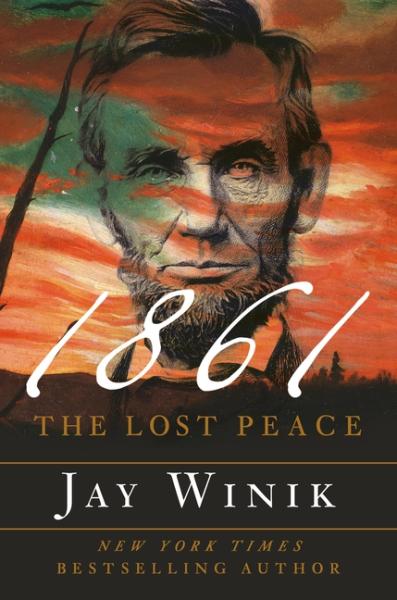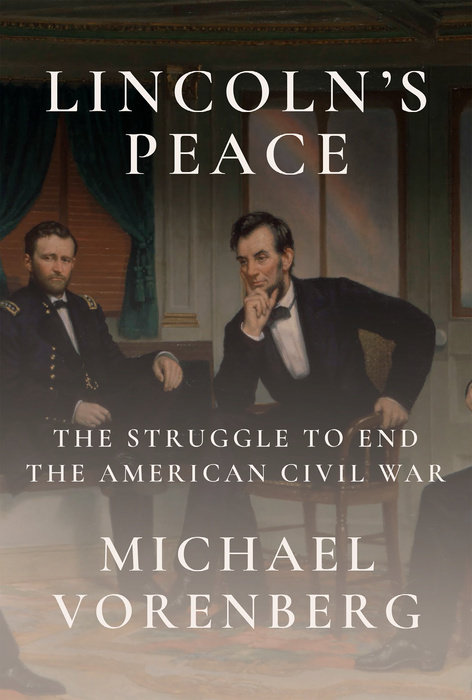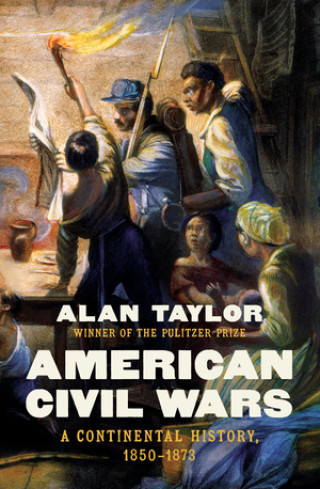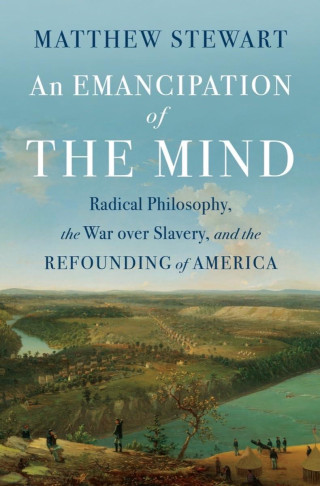Though absolute on the moral question, Lincoln was neither the hard-core political abolitionist we may wish him to have been nor the apologist for slavery some later commentators have made him seem. He was, instead, a democratic politician trying to build a coalition—and he knew that, to keep the border states within it, a firm New England abolitionist line would fail, while a focus on containing slavery, not eradicating it, might succeed.
And so, during that strange American interregnum between election and Inauguration—it was even longer in the nineteenth century, with the ceremony held in March—Lincoln struggled to find common ground with the Southern secessionists. He began a pre-inaugural exchange of letters with Alexander Stephens, of Georgia, a friend from his congressional days who made it clear that, in the Southern mind, everything was secondary to the preservation of slavery. “We at the South do think African slavery, as it exists with us, both morally and politically right,” Stephens wrote. “This opinion is founded upon the inferiority of the black race. You, however, and perhaps a majority of the North, think it wrong. Admit the difference of opinion.”
The enterprise of avoiding war was likely doomed from the start. Nonetheless—and here lies the new emphasis of Winik’s book—there was an attempt at a “Peace Conference” (Winik oddly capitalizes it throughout) during this pre-inaugural period, and it was more substantial than most subsequent histories have acknowledged. If it didn’t resolve the crisis, it at least exposed the depth of the deadlock.
The conference took place in Washington, at the Willard Hotel, where Lincoln had stayed since his arrival, using his suite as his office. The Willard, like the Waldorf-Astoria, in New York, has gone through many incarnations, but in the nineteenth century it seemed more central to Washington life than either the White House or the long-unfinished Capitol. (Its cast-iron dome was still incomplete.) From February 4th to the 27th, the conference drew delegates from twenty-one of the thirty-four states then in the Union. It brought together representatives from the South—most notably from Virginia, the cradle of Presidents, which had not yet committed to secession—with Republicans from the North, many of them, as Winik reveals, operating under the direct or indirect guidance of Seward. Though the delegates were mostly former members of Congress, the gathering wasn’t limited to them; the former President John Tyler, of Virginia, who held no official position but remained influential, was present.



